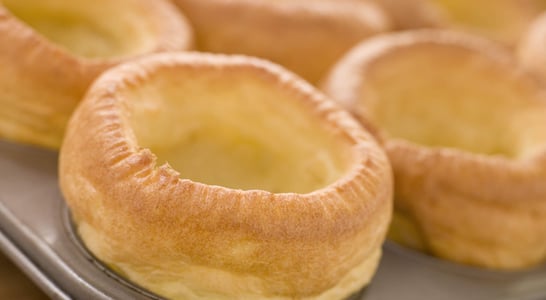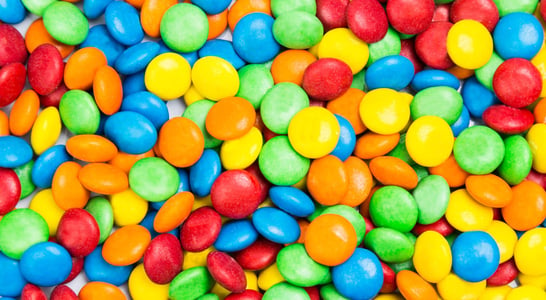
Canadian Thanksgiving
Canadian Thanksgiving differs from the more well-known US version, but the important thing is to take time to show gratitude for the positive things in your life.
Since 1957, Thanksgiving Day has been a holiday in Canada on the second Monday of October. Canadian Thanksgiving is a chance for people to give thanks for fortunes in the past year, including a good harvest. Below, we will explain what people do on Canadian Thanksgiving, as well as the ways that it differs from U.S. Thanksgiving. So, let’s find out more…
History Of Canadian Thanksgiving
Long before Canada celebrated thanksgiving, the native people of America held festivals and ceremonies to celebrate the completion and bounty of harvest way before European settlers and explorers arrived in what is known as Canada today. Early European thanksgivings took place in order to give thanks for some special fortune. One example of this is the ceremony that Martin Frobisher held in 1578. He held this ceremony after he survived an extensive journey in an aim to find a passage to Asia from Europe.
A lot of thanksgivings in the 18th century occurred after noteworthy events. The custom of a yearly thanksgiving festival was first brought to Canada as a result of refugees fleeing from the civil war in the United States. From 1879, Thanksgiving Day occurred each year, yet there were different themes and it was held on a different day every year. One of the most common themes for a lot of years was “Blessings of an abundant harvest.” Nevertheless, in later years King Edward VII’s coronation and Queen Victoria’s diamond and golden jubilees formed the theme in later years.
From the end of WW1 until 1930, both Thanksgiving Day and Armistice Day were celebrated on the Monday falling the closest to the 11th of November, which is the date that marked the official end of hostilities in WW1. Armistice Day was renamed Remembrance Day in 1931. Also, Thanksgiving was moved to a Monday in October. Since 1957, it has always occurred on the Second Monday of October.
Symbols Of Canadian Thanksgiving
Canadian Thanksgiving is associated with the European tradition of harvest festivals. At this time of year, a common image that people see is a horn – cornucopia – that is filled with seasonal vegetables and fruit. The cornucopia means ‘Horn of Plenty’ in Latin. In Ancient Greece, this was a symbol of plenty of bounty. Ears of corn, pumpkins, and turkeys, as well as large displays of food, are also used to symbolize Canadian Thanksgiving.
Is Canadian Thanksgiving A Public Holiday?
Yes; Canadian Thanksgiving is a public holiday in Canada. A lot of people have the day off work. All post offices and schools are also closed, as well as a lot of businesses and stores. There is also usually a reduced timetable in terms of public transport, with some services not running at all. Some areas have different rules and regulations. For example, in Nova Scotia, this day is deemed a retail closing day. This means that some retail companies are not allowed to open and employees have a legal right to refuse to work. In New Brunswick, this is deemed a day of rest. This means that businesses have to close on this day.
How to celebrate Canadian Thanksgiving
A lot of people will have the day off work on Canadian Thanksgiving. This gives them a three-day weekend, which they will typically use to have family and friends in their own homes or visit those who live far away. It is a tradition to prepare a special meal to be eaten at some point throughout the weekend. This will traditionally include a roast turkey, as well as seasonal produce, for example, pecan nuts, corn ears, and pumpkin.
A lot of people also decided to take a short autumn vacation during this period. This is because it can be the final opportunity in a while for people to use holiday homes or cottages before the winter season sets in. Other activities that are popular during this time include outdoor breaks so that the amazing colors of the autumn in Canada can be admired, fishing, and hiking. If you are a fan of the Canadian Football League, you may decide to spend the three-day break enjoying the Thanksgiving Day Classic matches.
Of course, no matter how you decide to spend Canadian Thanksgiving, the main thing to remember is that this is a day of thanks. Therefore, it is important to spend some time reflecting on what you are thankful for. Make sure you take the opportunity to thank people who have played an important role in your life or done something special for you. A small ‘thank you’ goes a very long way.
Differences Between U.S. And Canadian Thanksgiving
Of course, a lot of people will think about the U.S when they hear the word thanksgiving, and so you may be wondering if the two holidays are observed in the same way. There are actually some key differences between both of them. For example, in the U.S. Black Friday – a huge retail sales event – is typically coupled with Thanksgiving. However, the Canadian equivalent of this is Boxing Day, and this happens two months after Thanksgiving.
You will also notice that parades and football are smaller affairs in Canada. Similarly to the U.S., you can expect football marathons to occur on the day, giving families the opportunity to watch plenty of sport. Aside from this, the traditions are pared down a little bit.
It is also worth pointing out that Thanksgiving Day in the United States takes place in November, not October. There are a number of reasons why this is the case. One is because the Canadian Thanksgiving is more about thanks for the harvest season, as opposed to being about the arrival of pilgrims. Furthermore, geographically, Canada is further north than the U.S. This means that the Canadian harvest season will arrive a little bit before the American harvest season does. This is why it makes sense for Canadian Thanksgiving to occur in October, rather than November.
Also on ...
View all holidaysNational Train Your Brain Day
Do a crossword, study a foreign language, or try your hand at some logic puzzles to keep your brain sharp and improve your mind.
National Yorkshire Pudding Day
Golden brown and crispy on the outside, soft and doughy on the inside — the perfect accompaniment to any roast dinner!
National No Bra Day
Free yourself from your constraints and go braless to help raise awareness about breast cancer, a disease with hundreds of thousands of new cases each year.




